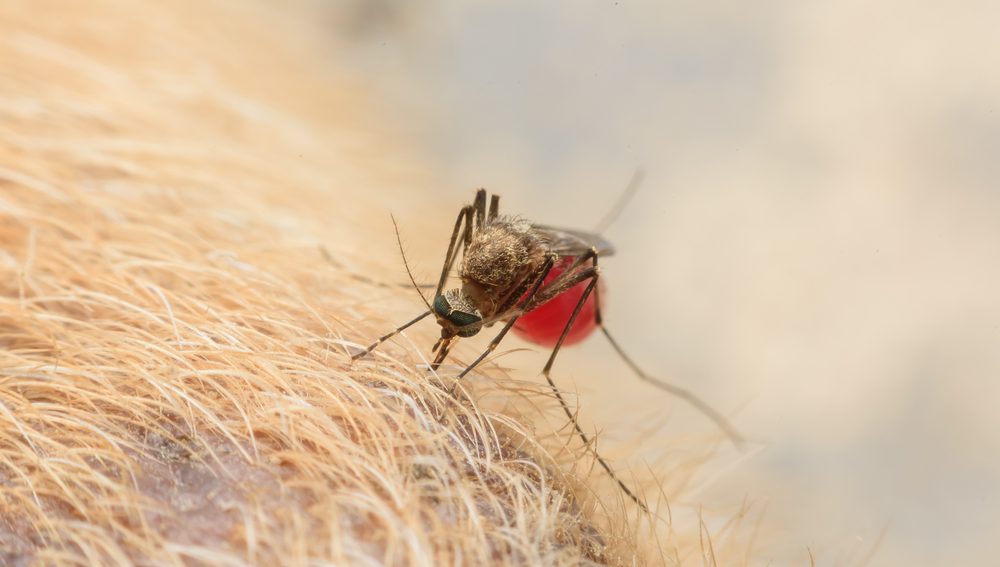
When Slowing Down Is More Than Old Age: Arthritis 101 in Pets
Arthritis is one of the most common diseases in dogs, and affects roughly 20% of the total canine population. Arthritis often goes undiagnosed in cats, largely because performing an orthopedic examination is difficult, and because many cat owners don’t realize their cat is suffering from arthritis pain. Whether or not your pet has been diagnosed with arthritis, knowing what causes this degenerative joint condition, and its prevention, is important for your four-legged friend’s future health, happiness, and mobility.
What is arthritis in pets?
Arthritis in pets is painful joint inflammation caused by progressive cartilage degeneration. In normal joints, the cartilage acts as a shock absorber, and prevents the two bone surfaces from rubbing. In arthritic joints, the cartilage deteriorates because of repetitive stress, trauma, disease, or normal wear-and-tear. As the bones begin rubbing together, their surfaces become rough, grind against each other, and cause more pain and inflammation. Arthritis is most frequently seen in the hip, elbow, knee, wrist, and lower back, but can occur in any joint.
Are some pets at a higher risk for arthritis development?
While any pet can develop arthritis, certain factors can increase the likelihood of occurrence. If your pet falls into one of the following categories, or has one of the following conditions, they may be more likely to develop arthritis:
- Overweight or obese
- Large or giant breed
- Long-bodied with short legs
- Extremely active
- History of trauma (e.g., fractured leg, cranial cruciate ligament rupture)
- Hip or elbow dysplasia
- Luxating patellas
- Joint infections
What are arthritis signs in pets?
Arthritis signs in pets can be subtle until the disease progresses far enough to cause significant pain and mobility issues. If your pet has developed arthritis in one or more joints, you may notice:
- Reluctance to play
- Lethargy
- Sleeping more
- Limping or lameness
- Decreased appetite
- Pain when touched
- Licking, chewing, or biting at the affected area
- Muscle atrophy
- Difficulty getting up
- Reluctance to use stairs or jump on furniture
- Difficulty posturing to urinate or defecate
- Inappropriate elimination
Pets typically do not yelp, whine, or cry out when they have arthritis pain. They’re often stoic and do not voice any discomfort, so watch carefully for changes in your pet’s behavior and mobility.
How is arthritis in pets diagnosed?
The key to successful arthritis management in your pet is an early diagnosis. Understanding the disease process and its effect on your four-legged friend will help you provide the best care for them as they age.
If Dr. White suspects your pet has arthritis, he will perform an orthopedic exam in addition to a standard physical exam. By assessing your pet’s gait and range of motion, he can determine which problem areas are painful. Blood work and tick-borne illness testing may also be necessary, to rule out infections that could be causing your pet stiffness and decreased mobility. In some cases, X-rays or advanced imaging performed at a specialty hospital may be needed, to assess soft tissue structures (e.g., ligaments, menisci) and bone changes in the joints.
How is arthritis in pets treated?
Since arthritis in pets is a progressive condition, early diagnosis and treatment are essential. The disease cannot be cured, but can be managed successfully, granting your pet a good quality of life. Arthritis management options include:
- Pain-relieving medications — Nonsteroidal anti-inflammatories (NSAIDs) are often the first line of defense for arthritis pain relief. Other options may include steroids or opioids, but many pets do well with long-term NSAID use. However, these medications can have side effects, so close monitoring of your pet’s health is essential.
- Surgery — If your pet has a torn cranial cruciate ligament or suffers from hip dysplasia, orthopedic surgery can repair or correct the problem.
- Weight management — One of the best ways you can help reduce your pet’s arthritis pain is by managing their weight, starting from a young age. Each additional pound over your pet’s ideal weight contributes a great deal of excess pressure on sore joints.
- Appropriate exercise — Daily exercise is crucial for keeping muscles strong, but arthritic pets often no longer feel like exercising and playing. Stick to low-impact activities, like swimming or walking, to avoid too much strain on painful joints.
- Joint supplements — High-quality joint supplements that contain ingredients such as glucosamine, chondroitin, and green-lipped mussel, are great for reducing joint inflammation and supporting joint cartilage health. These products are best started early in the disease process, or as a preventive measure.
- Alternative therapies — Alternative therapies, such as acupuncture, chiropractic care, hydrotherapy, and laser therapy, are an effective complement to traditional Western surgical and pharmaceutical treatments.
Multimodal treatment is the best, most effective method of managing your pet’s arthritis. As the disease progresses, other therapies may become better options for keeping your furry pal comfortable and mobile.
Arthritis is a painful, progressive condition that responds best to early diagnosis and treatment. If you notice your four-legged friend slowing down or struggling to rise, contact Harbor Pines Veterinary Center for an appointment.



















